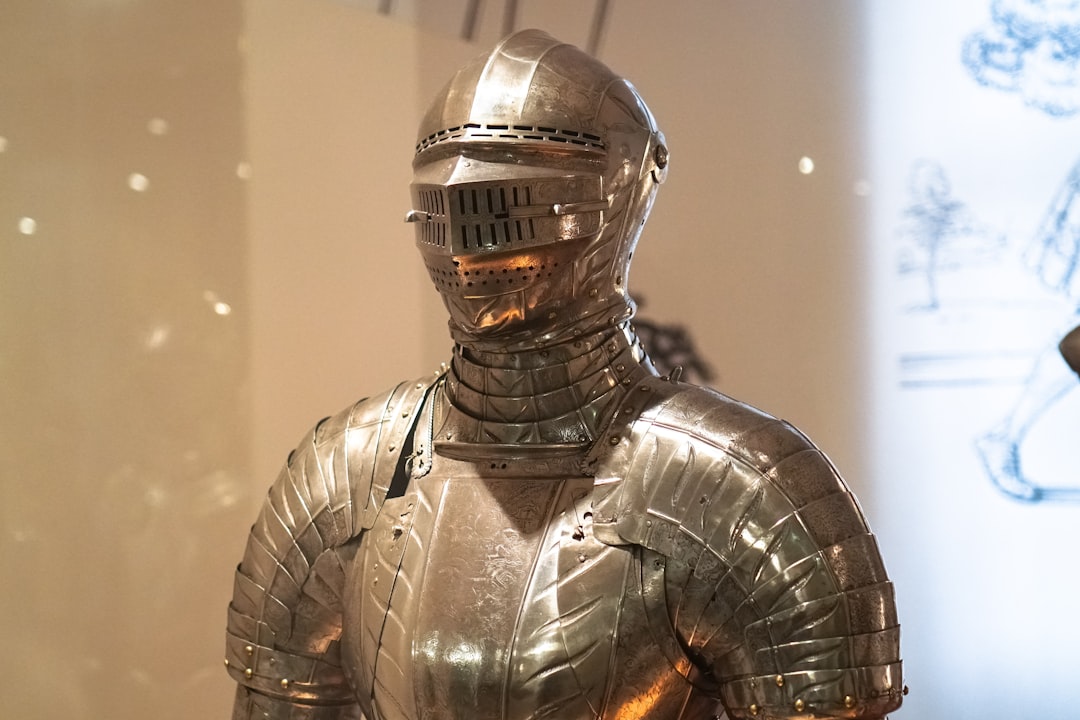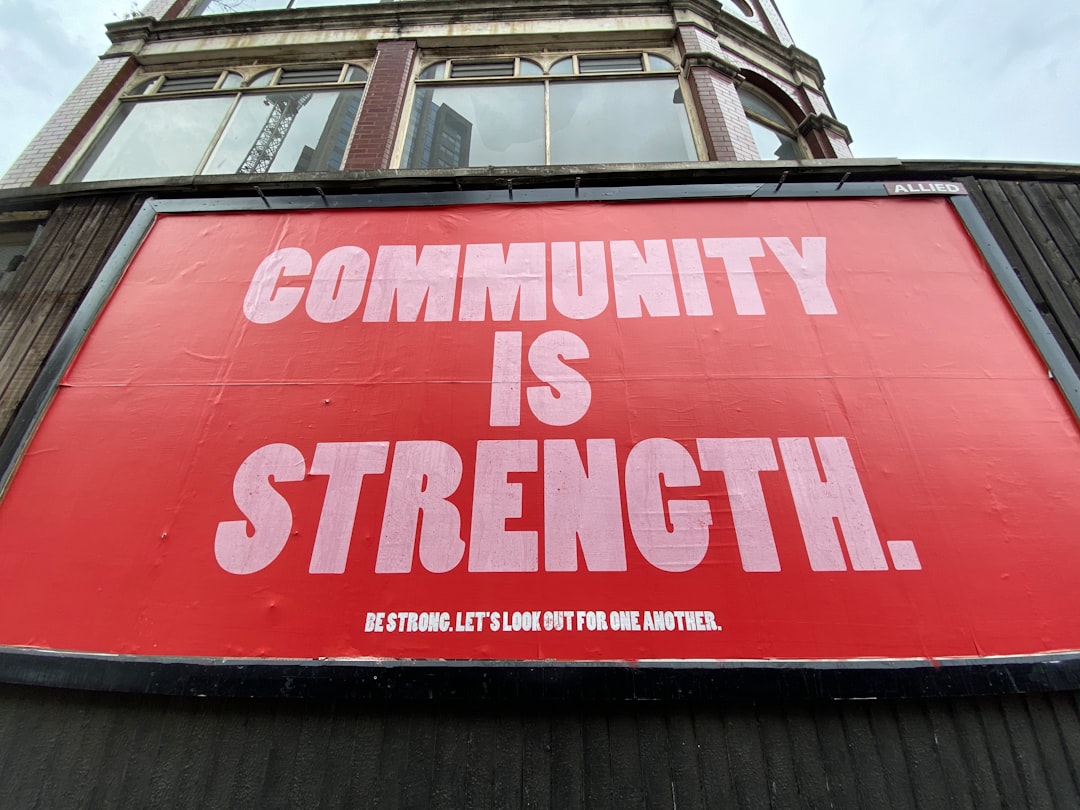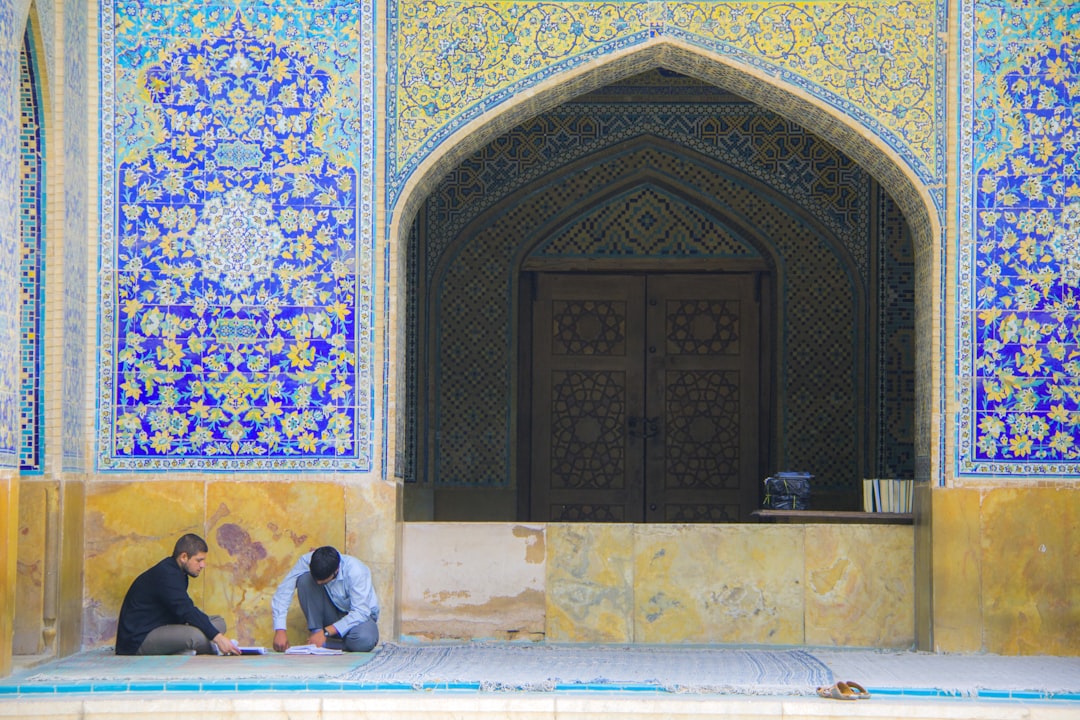What is it about?
Graffiti written by soldiers during the American Civil War (1861-1865) survive at more than 60 sites, predominantly in Virginia, including churches, court houses, caves, and houses. Although often terse and fragmentary, they provide an intriguing insight into soldiers’ experiences. This essay offers a tentative framework for analyzing how the graffiti functioned: as informal commemoration of wartime experiences; as a social activity, displaying the loyalties, frustrations, and humor of army life; and as an invasive act, vandalizing southern property.
Featured Image
Why is it important?
The graffiti have received little attention in the historiography of the Civil War, and there is, as yet, no comprehensive central record. This is unfortunate because they have untapped potential as source material for the conflict. Graffiti are a distinctively different genre to letters or diaries and they have potential to supplement these more traditional sources rather than simply reflect them. During the last decade, more emphasis has been given to alternative sources for Civil War soldiers’ experiences such as court martial records and regimental newspapers. There is potential for the soldiers’ graffiti to be used in a similar way.
Read the Original
This page is a summary of: “Charcoal scribblings of the most rascally character”: conflict, identity, and testimony in American Civil War graffiti, American Nineteenth Century History, May 2015, Taylor & Francis,
DOI: 10.1080/14664658.2015.1066576.
You can read the full text:
Resources
The Brandy Station Foundation
Website of the 'Graffiti House' Civil War graffiti site in Culpeper, Virginia.
Historic Blenheim House
Website of 'Historic Blenheim House' Civil War graffiti site in Fairfax, Virginia.
'Northern Virginia Has Graffiti Trail'
Civil War News article about Civil War graffiti
Graffiti and the Civil War
New York Times article by Kim A. O'Connell
If these signatures could talk...
Blog posts about Civil War soldiers' graffiti by Eric J. Mink
Contributors
Be the first to contribute to this page










